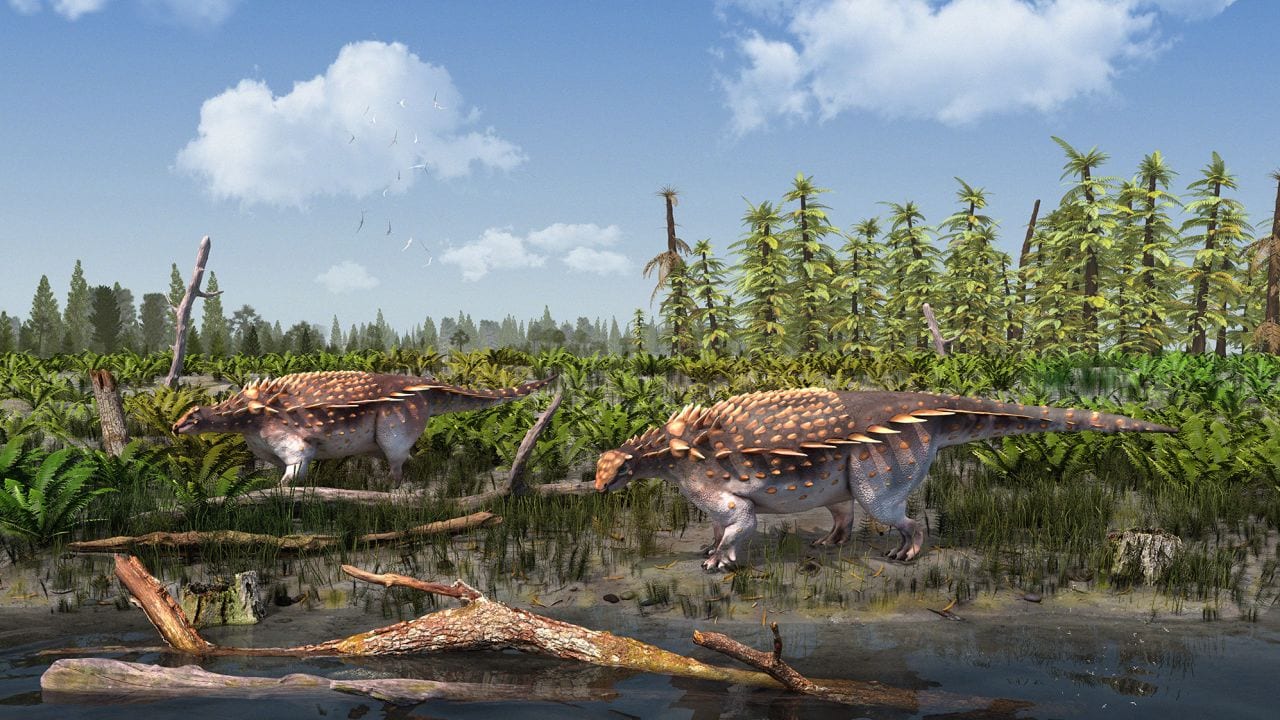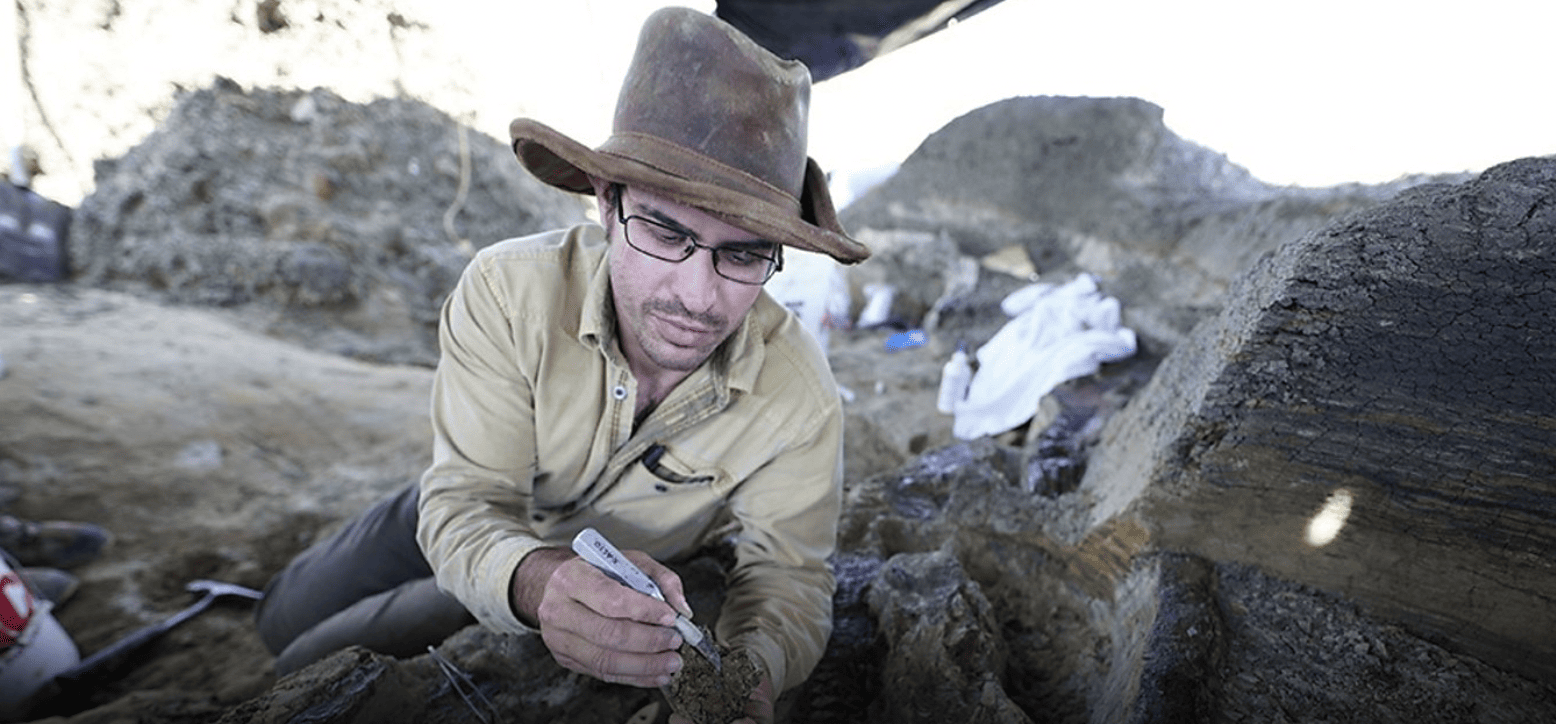Learning about dinosaurs in school might’ve been your favorite topic. Besides, there was nothing better than imagining these beasts roaming around our planet, destroying anything in its path. But just because you learned things about dinosaurs a decade or two ago doesn’t mean all of that information is still relevant today. Recently, new dinosaur discoveries changed everything we know about these massive beasts roaming our planet. Even though dinosaurs disappeared 66 million years ago, scientists are still uncovering mysteries about them.

With continuing discoveries, scientists are reshaping previous claims and knowledge about these beasts that once ruled our planet. We’ve learned they’re more social than we previously thought. Some dinosaurs even had feathers, and there might have been a purpose for the T.rexes small arms. These findings have helped us broaden our understanding of dinosaurs and their complex nature. Since 2003, paleontologists have uncovered more than 40 species of dinosaur. Imagine what’s going to happen during the next two decades? We might uncover even more species!
Scientists Recently Discovered A Diverse, Rich Fossil Site

Originally this fossil site was guarded and used in the film Raiders of the Lost Ark. It’s called Tanis and is located in North Dakota. Researchers have found a Thescelosaurus leg, triceratops skin, and tiny particles of molten rock found in the gills of fish fossils. Scientists have also found the fossil of a dinosaur that was killed by an asteroid explosion.
Researcher Robert DePalma said, “We’ve got so many details with this site that tell us what happened moment by moment, it’s almost like watching it play out in the movies. You look at the rock column, you look at the fossils there, and it brings you back to that day.” This solidifies the fact that a 12-km wide asteroid slammed into our planet and caused the last mass extinction (BBC).
